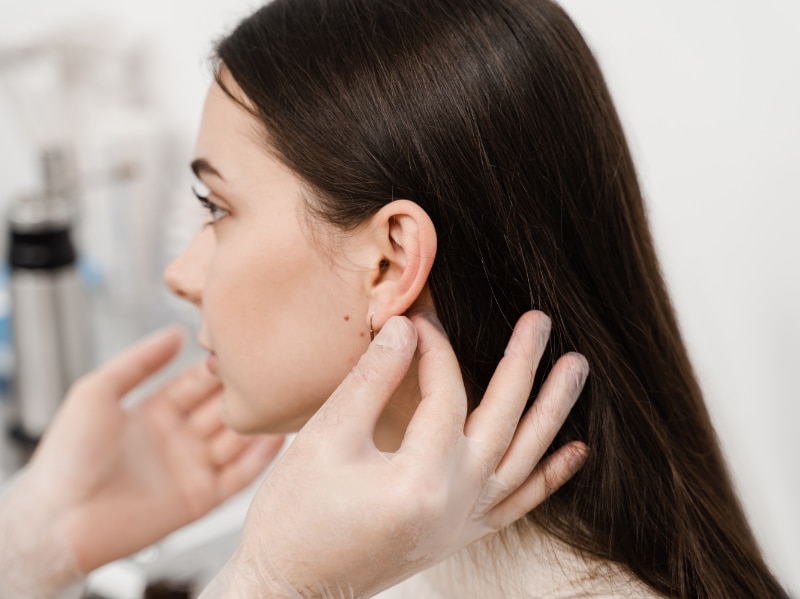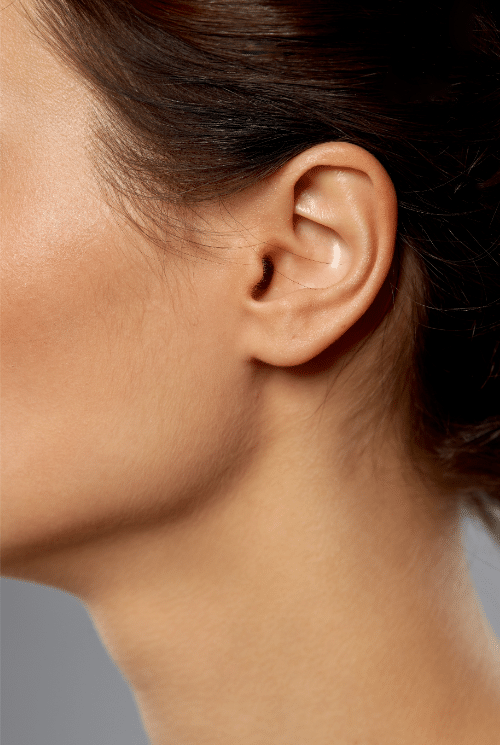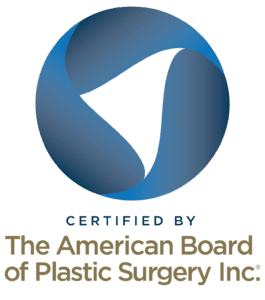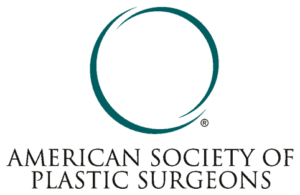
Otoplasty, also known as ear surgery, is a cosmetic procedure to alter the position, shape, or size of your ears. Patients may choose this procedure if they don’t like how much their ears stick out from their head.
You may also want otoplasty if your ears are out of proportion with your head or if your ears are misshapen or were damaged in an accident. This procedure can only be performed after the ears have reached their full size. This generally happens by age 5.
Ideal candidates we’ve found in our Otoplasty clinic for ear surgery are:
- In good overall health without a life-threatening disease or illness
- At least five years old, or at the age when the ear cartilage is developed enough for correction
- People who have a positive outlook about the procedure
- Nonsmokers
If you are considering an otoplasty procedure, it is essential to have as much information as possible before moving forward. Below are details about otoplasty recovery and other particulars about the procedure.
Preparing for Otoplasty Recovery
Before we dive into the recovery process, let’s first discuss what you can expect before and during your procedure.
Otoplasty begins with a consultation. If the patient is a child, you may need to check with a psychologist or surgical counselor to ensure the parents and child understand the risks and benefits of the procedure. The surgeon will check the patient’s ear shape, size, and condition during the consultation appointment. Most surgeons take photographs of the ears and upload them to a computer for analysis.
Special software analyzes the ears and helps the surgeon create the best plan to meet your aesthetic goals. If the patient is under 18, the surgeon will also talk with the parents or guardians about the healing process and follow-up visits.
During the procedure itself, a small incision is made along the line that connects the ear to the head. Then, the surgeon removes, trims, or cuts some of the skin or cartilage until the ideal shape and size are realized. In some patients, if the ears are too far forward, the surgeon will pull the cartilage back and suture it to the back of the ears.
The procedure usually takes at least two hours, and the patient can generally go home on the same day. After ear surgery, your surgeon will give you prescription pain medication that you should take for two or three days. If you have pain after the first 72 hours, you can usually do well with over-the-counter medicines.
For the first few days after the procedure, you will also need to wear a compression bandage around your head to protect your ears from injury. After a week or so, your surgeon will typically recommend a protective dressing around your head when you sleep.
During the recovery process, it’s important to avoid wearing clothing or collars that rub against your ears as this can slow the healing process. After the surgeon removes your bandages, you may need to wear a protective headband for several more weeks.
Most patients recover from their otoplasty procedure after two to three months, but you could still have swelling after that. Always attend your follow-up appointments after surgery, and do not stray from your surgeon’s instructions for recovery. Once you can remove your headband during the day, keeping your scars out of the sun will ensure your incisions heal well and do not become discolored.
Otoplasty Recovery Timeline
Here’s what you can expect during the healing process after otoplasty day by day and week by week:
1 Day After Otoplasty Surgery
Some soreness and pain is natural immediately following surgery. You’ll be put into an otoplasty recovery headband, which will protect your ears and reduce swelling. You may be prescribed medications, including antibiotics and be instructed to keep your head elevated.
2 – 4 Days After Otoplasty Surgery
You should be feeling less pain at this time. Ensure you continue to wear your recovery headband as directed. Swelling will begin going down about a day after surgery and should be greatly diminished already, though some light swelling will persist throughout the following months.
One Week After Otoplasty Surgery
Swelling should continue to go down from your otoplasty one week after the procedure. You should be able to go back to school or work as well. However, you’ll need to wear your headband at night for the next several weeks to ensure a successful recovery. You should also make sure to keep your head elevated during this time as well.
Two Weeks After Otoplasty Surgery
Continue wearing your surgical headband at night. You’ll still have some swelling, though you should see day-by-day progress.
Two Months After Otoplasty Surgery
Be sure to continue following up with your surgeon for routine appointments or if you have questions about anything during your recovery period. Some slight residual swelling will still be present at month two, but this should be gone by month three or slightly later.
FAQ: Otoplasty Recovery
 How bad is the pain during the otoplasty recovery time?
How bad is the pain during the otoplasty recovery time?
During cosmetic ear surgery recovery, patients typically experience discomfort over the first one to two days post-surgery. This pain should be gone by the end of the first week.
How long are ears swollen after otoplasty?
Everyone’s otoplasty recovery experience will be different. Swelling is the side effect that generally lasts the longest after any procedure. Therefore, patients may still experience slight residual swelling as long as two or three months out from surgery.
How long does it take to recover from otoplasty day by day?
You should expect rapid improvement from your otoplasty recovery day by day. Swelling and slight pain will be present on days one and two, but provided you continue to wear your compression headband and get adequate rest, you should continue seeing daily improvements.
How long do you have to wear a headband after otoplasty?
Be sure to ask your surgeon directly how long to wear headband after otoplasty in your specific situation because all patients, surgeries, and surgeons are different. Most patients will need to wear it for at least four to six weeks post-surgery. Keep in mind that, after a few days to one week, it will only need to be worn at night.
How long after otoplasty can I exercise?
During ear pinning recovery, it’s important to take it easy for the first few weeks. After around three weeks, patients should be able to return to exercise. Always be sure to consult with your surgeon first, however.
Request a Houston Otoplasty Consultation
Interested in otoplasty in Houston? Please set up a consultation with Dr. Ashley Steinberg today. Dr. Steinberg would be happy to talk with you about your candidacy for the procedure, otoplasty cost, and other important topics to help you decide if this surgery is a fit for you.
References
Ear Surgery Overview. (n.d.). Accessed at https://www.plasticsurgery.org/cosmetic-procedures/ear-surgery



 How bad is the pain during the otoplasty recovery time?
How bad is the pain during the otoplasty recovery time?








